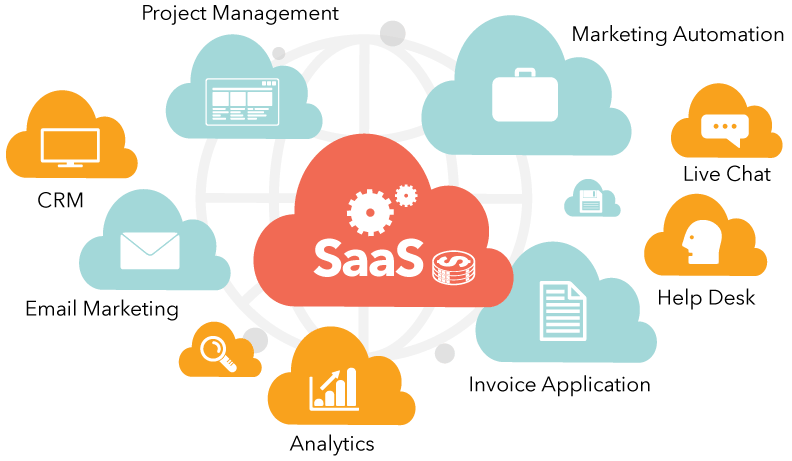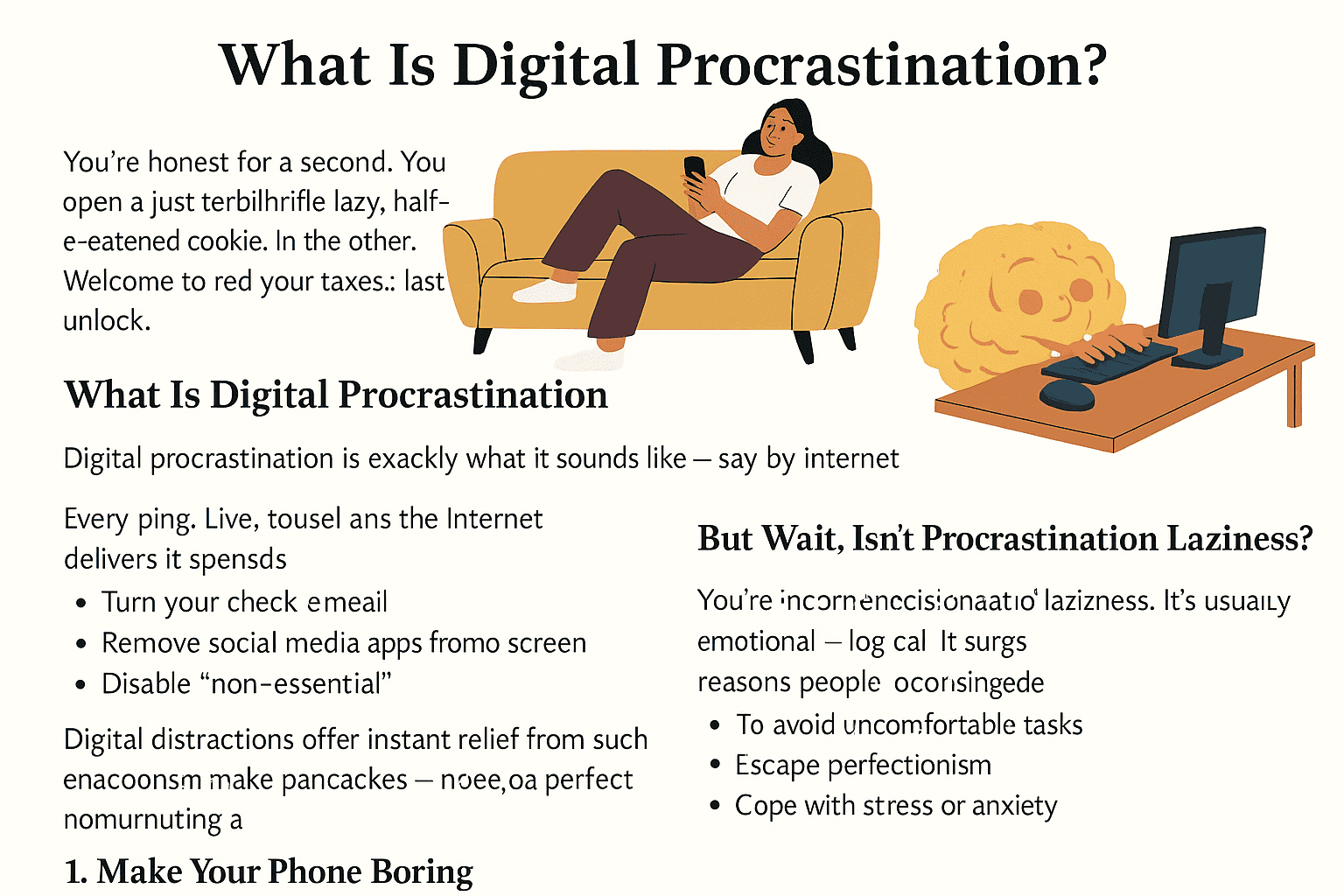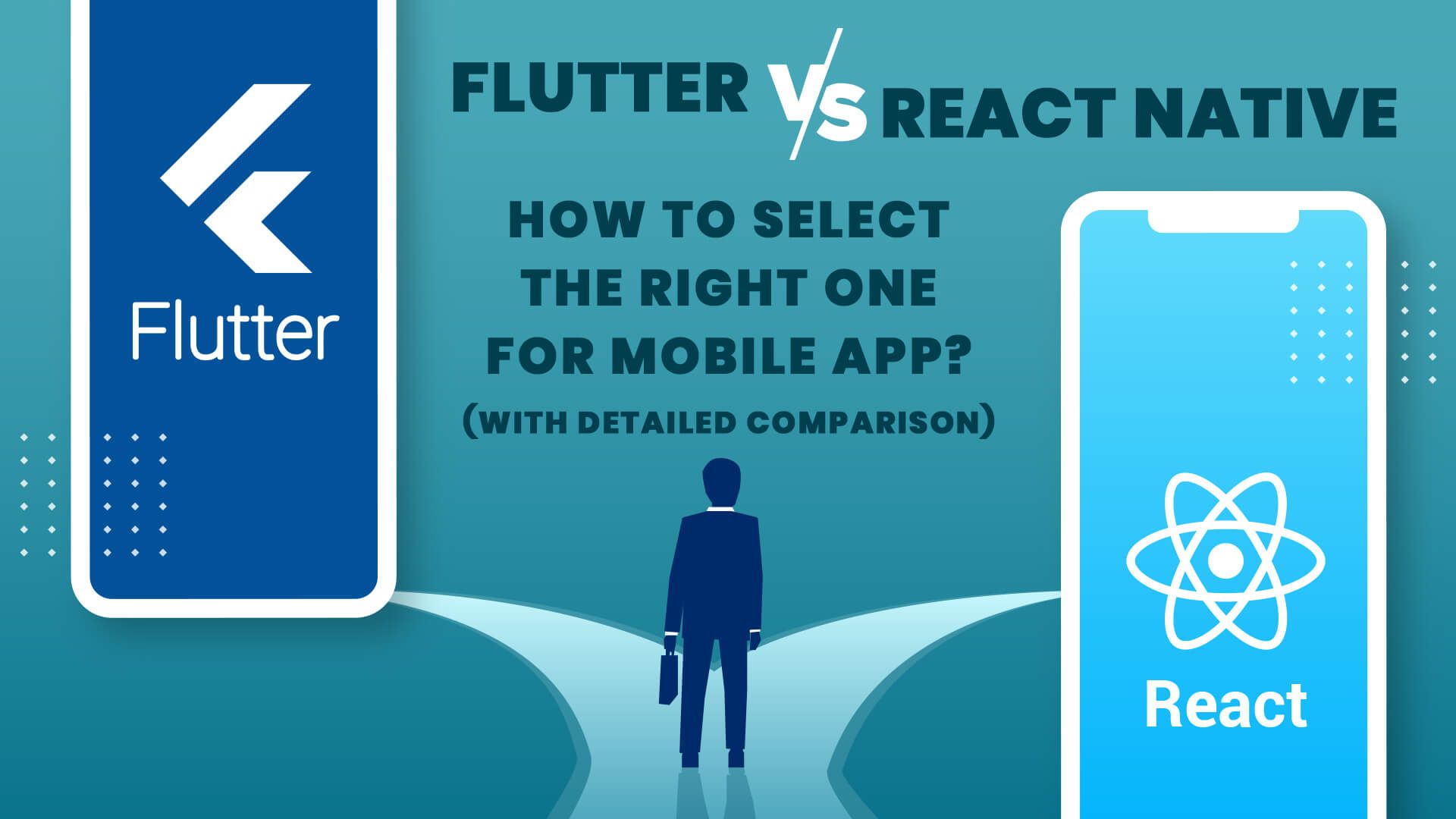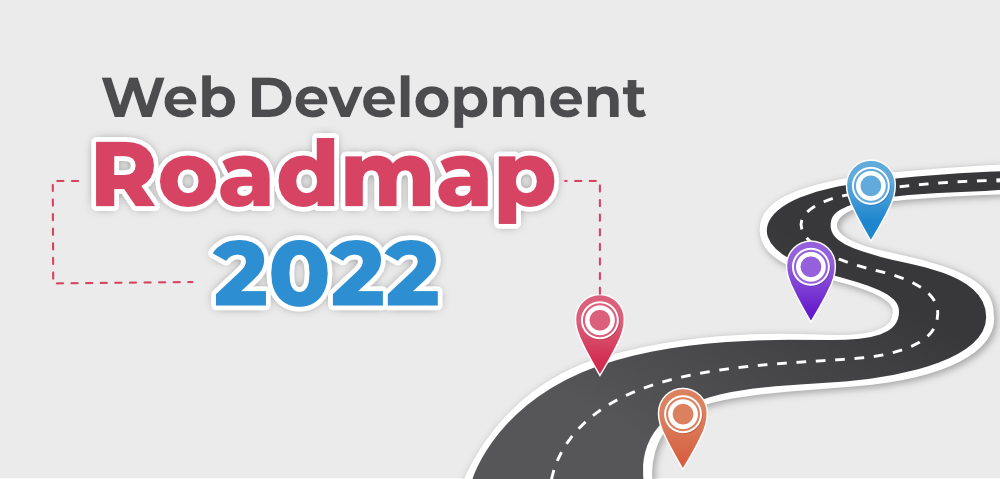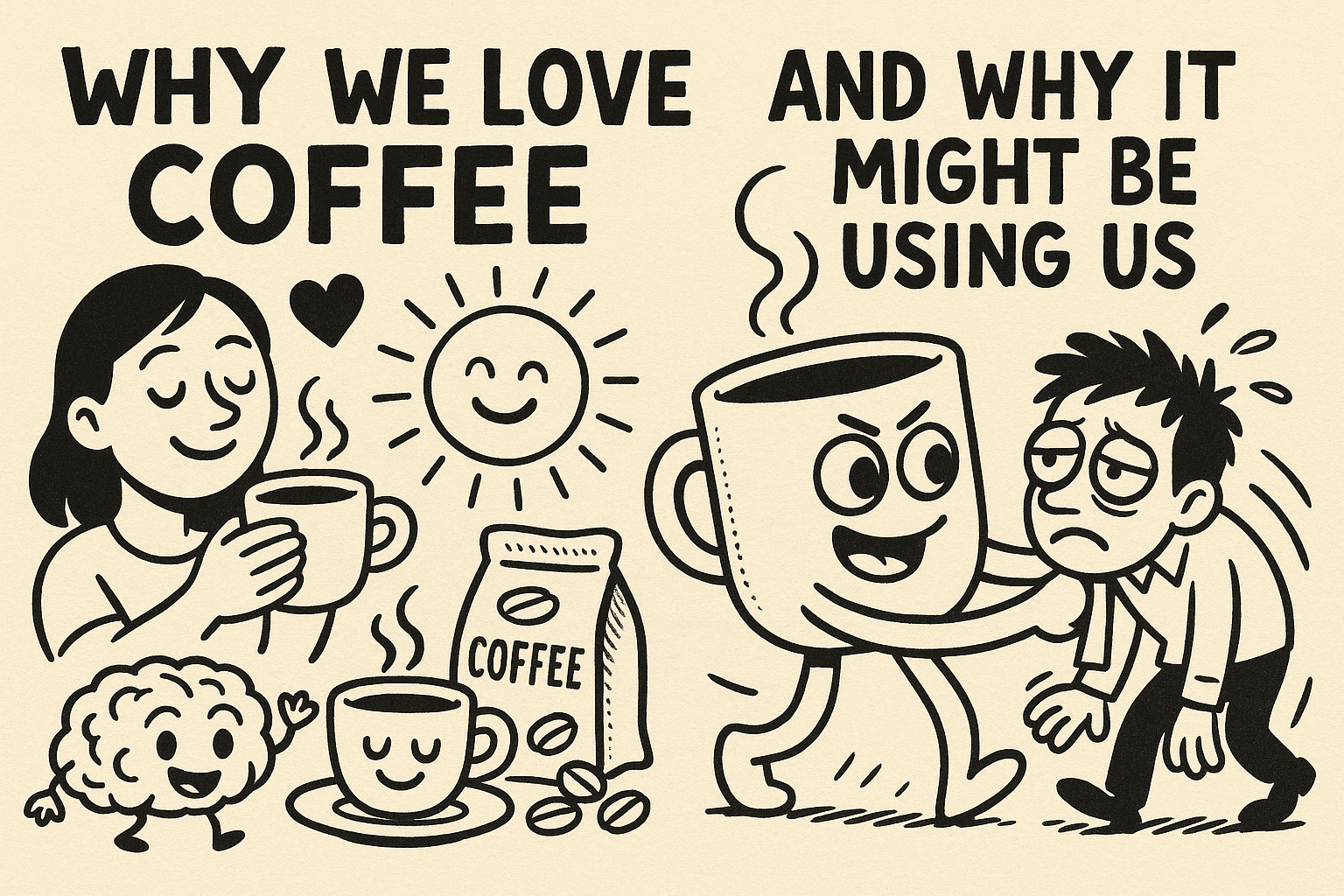The Future of SaaS: Trends, Innovations, and What Lies Ahead
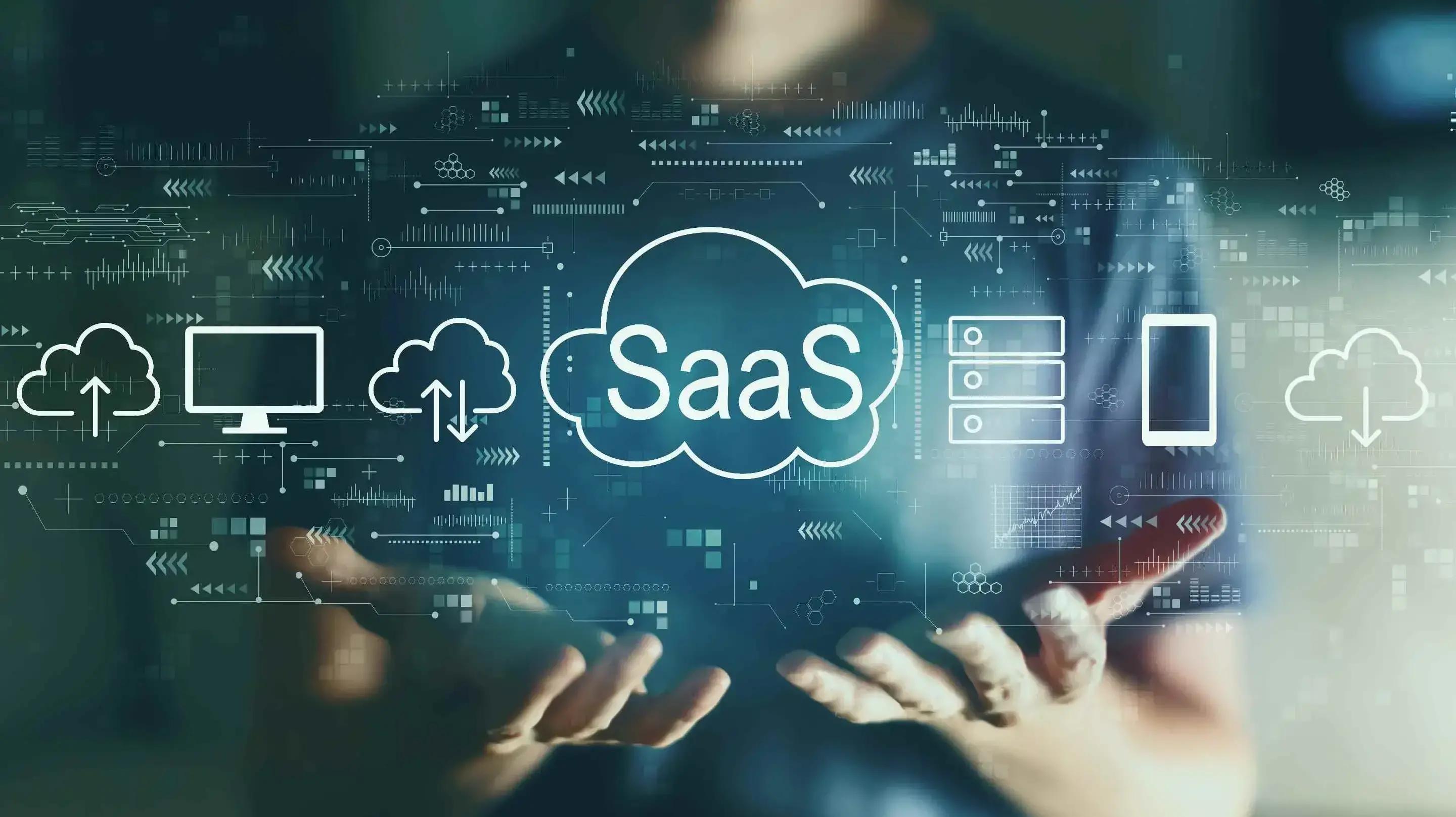
Software as a Service (SaaS) has transformed the digital landscape over the past two decades. From humble beginnings as a novel delivery model, SaaS is now the dominant way businesses access and use software. But as technology and business needs continue to evolve, so too does SaaS.
In this blog post, we’ll explore:
- The current state of the SaaS industry
- Key trends shaping its future
- Innovations on the horizon
- Challenges and opportunities
- What it all means for startups, enterprises, and developers
A Quick Look at the Present
SaaS has become the backbone of modern business operations. Organizations of all sizes rely on SaaS for everything from email marketing and customer relationship management (CRM) to enterprise resource planning (ERP) and collaboration tools.
Key Stats (2025 Outlook):
- The global SaaS market is projected to exceed $400 billion by 2025
- 99% of organizations use at least one SaaS application
- Over 70% of total business software is now SaaS-based
Emerging Trends Shaping the Future of SaaS
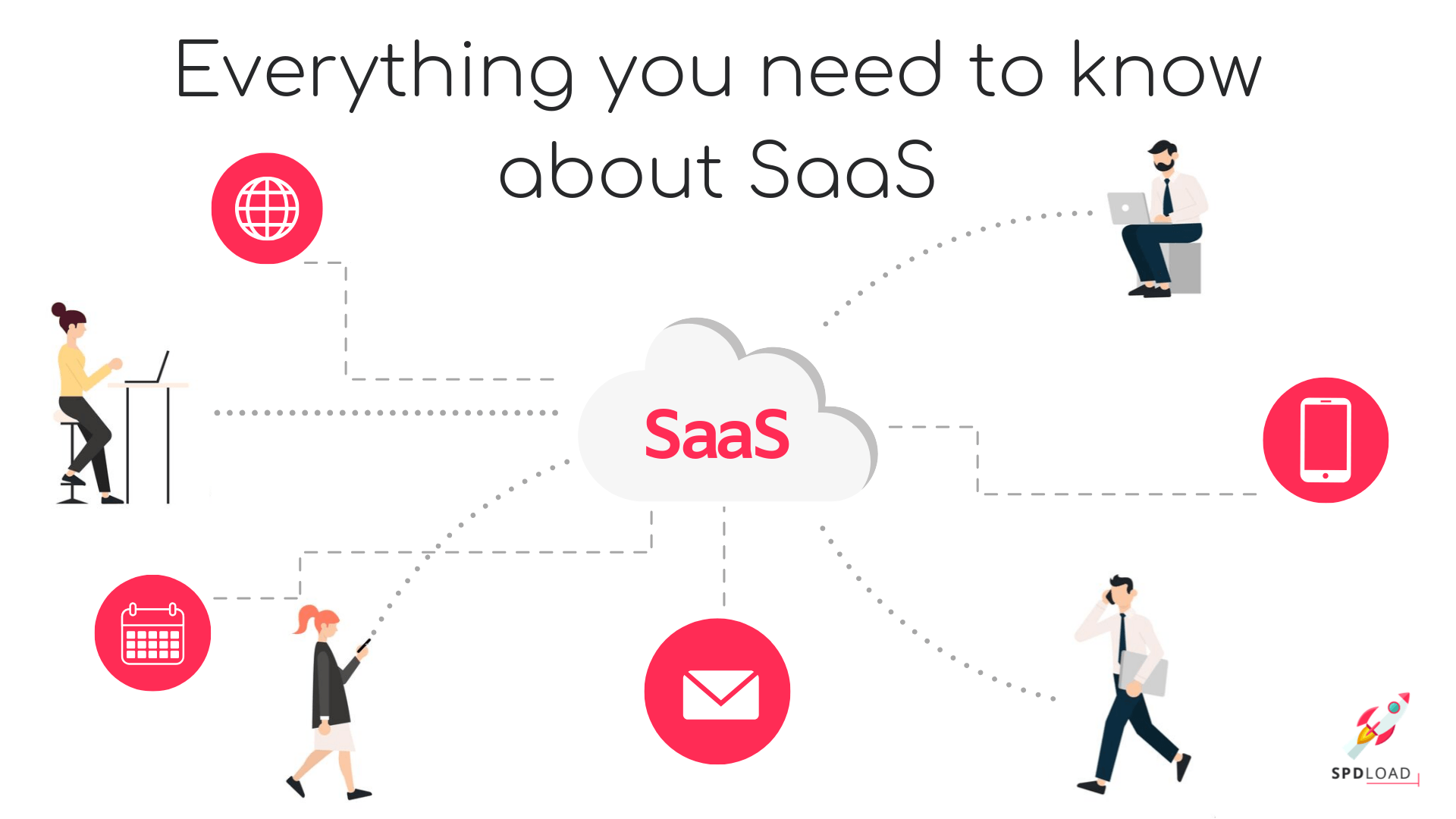
🔗 1. AI-Driven SaaS Solutions
The integration of artificial intelligence and machine learning is reshaping SaaS:
- Predictive analytics and intelligent automation
- Smart customer support via chatbots
- AI-powered personalization in marketing and sales platforms
Impact: Expect more self-learning, adaptive software that provides business insights with minimal human intervention.
🧩 2. Vertical SaaS Over Horizontal SaaS
While horizontal SaaS serves broad functions (e.g., CRM, email), vertical SaaS focuses on niche industries such as:
- Healthcare
- Legal services
- Fintech
- Real estate
Benefit: Tailored solutions that understand the unique workflows of specific sectors, leading to better UX and higher retention.
🪐 3. SaaS + Web3 and Decentralization
With blockchain technology gaining momentum, decentralized SaaS (dSaaS) is an emerging field:
- Enhanced data privacy and ownership
- Token-based subscription models
- Transparent and auditable software operations
Challenge: Regulatory hurdles and user education still remain.
🔒 4. Security-First SaaS
As cyber threats become more sophisticated, SaaS vendors are embedding security by design:
- End-to-end encryption
- Zero trust frameworks
- Built-in compliance (GDPR, HIPAA, etc.)
Trend: Security as a core feature, not a bolt-on.
📦 5. Low-Code/No-Code Platforms
The rise of low-code and no-code SaaS platforms is democratizing software development:
- Empowering non-developers to build tools and automate tasks
- Accelerating development cycles
- Reducing dependency on engineering teams
Popular Examples: Airtable, Zapier, Bubble
💰 6. Usage-Based Pricing Models
SaaS pricing is shifting from fixed subscriptions to consumption-based models, especially for:
- Infrastructure SaaS (e.g., AWS, Azure)
- Analytics tools
- Communication platforms
Advantage: Aligns vendor revenue with customer success and scalability.
SaaS Innovation: What’s Coming Next?
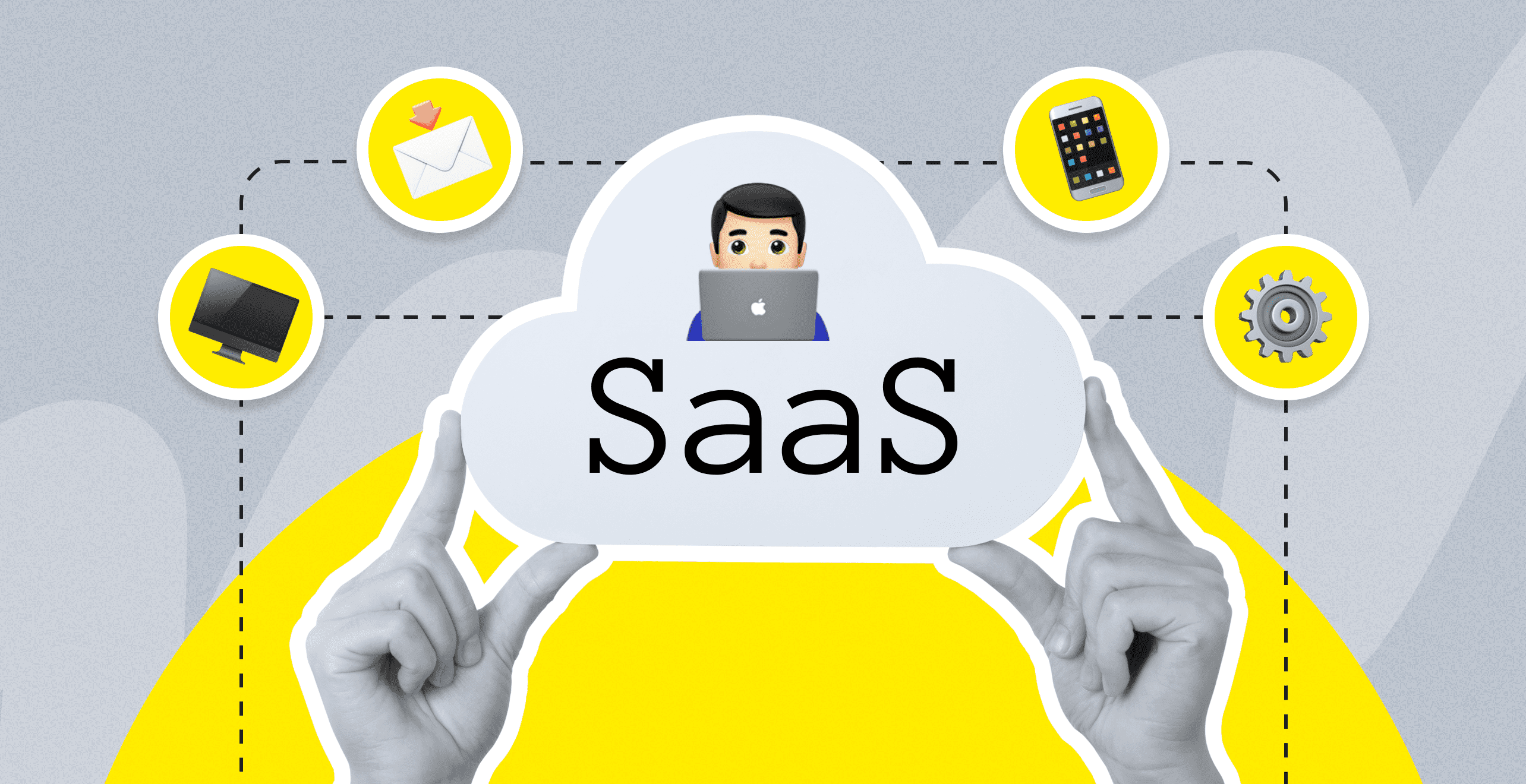
🤝 Hyper-Personalization
Thanks to real-time data, SaaS tools will deliver user experiences tailored per individual, not just per segment.
🌍 Global SaaS Expansion in Emerging Markets
Improved internet access, mobile penetration, and digital literacy are fueling SaaS adoption in Asia, Africa, and Latin America.
🧠 Intelligent SaaS Integrations
The future lies in ecosystem play, where SaaS products work seamlessly together, offering:
- Prebuilt integrations
- Universal APIs
- Unified data pipelines
Challenges on the Horizon
While the SaaS future looks promising, it’s not without challenges:
- Data privacy and regulation complexity
- Vendor lock-in risks
- Market saturation in certain categories
- Infrastructure scalability as global user bases grow
Opportunities for SaaS Startups and Enterprises
🚀 For Startups:
- Explore underserved verticals (e.g., logistics tech, elder care, ESG compliance)
- Focus on user experience and mobile-first design
- Leverage AI and ML from day one
🏢 For Enterprises:
- Consolidate tools to avoid SaaS sprawl
- Prioritize interoperability and extensibility
- Invest in SaaS governance and compliance
Final Thoughts: What the SaaS Landscape Will Look Like in 2030
By 2030, the SaaS industry will be:
- Hyperconnected: SaaS products will be part of interoperable ecosystems
- Smarter: Every SaaS tool will have built-in AI capabilities
- Globalized: More players from non-Western markets will dominate
- Invisible: SaaS will become so deeply embedded in workflows that it feels invisible
In short, the future of SaaS is: Intelligent, Integrated, and Indispensable.
✨ Whether you're a developer, product manager, founder, or investor, the SaaS landscape promises new possibilities—now’s the time to innovate, adapt, and lead.
Let me know if you'd like this exported in HTML, Markdown, or any CMS format (like WordPress).
